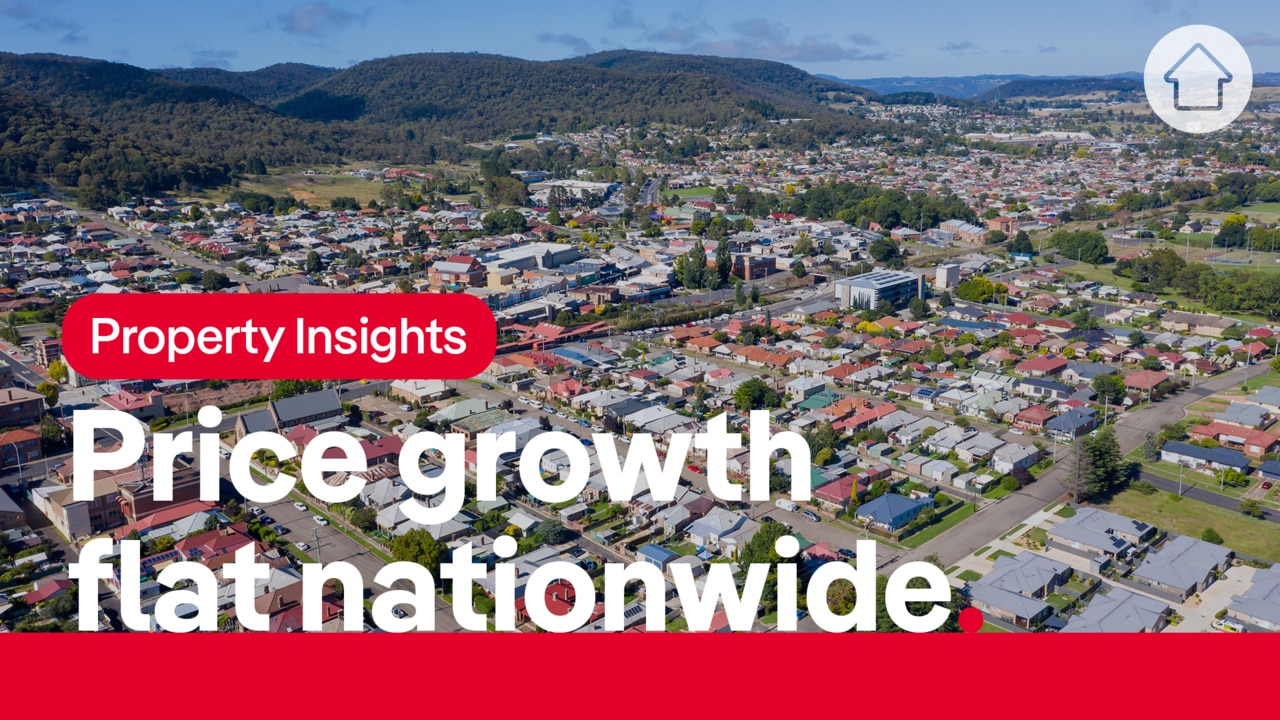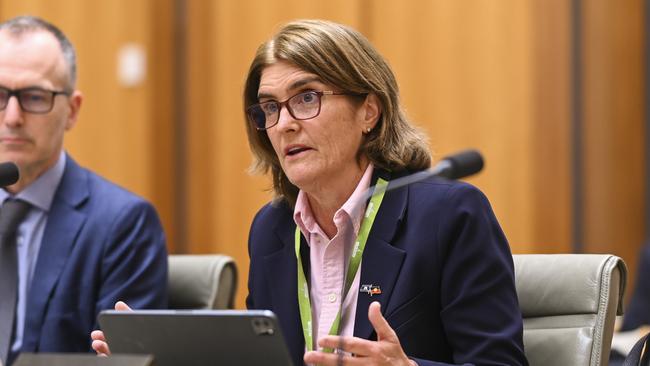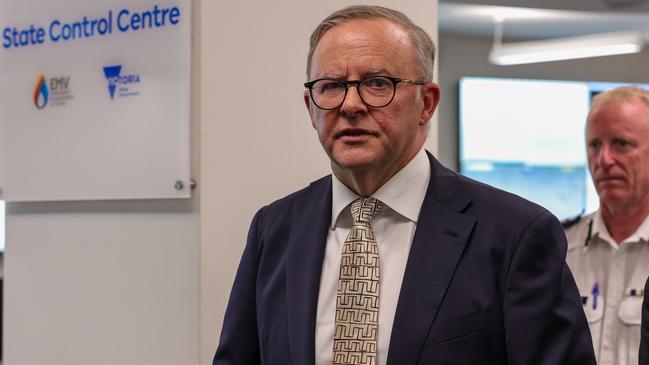New sign that interest rate cut is coming from the Reserve Bank
The banking sector is growing increasingly confident of a coming rate cut, but the products they’ve released ahead of the next RBA move should be considered with caution, experts say.

Lenders have been dropping their fixed rates, while also hiking up the rates on their variable loan products, ahead of an anticipated cash rate cut later this year.
And experts have revealed that those tempted to capitalise on the lower fixed rates could be in for a “rollercoaster” if they pull the trigger on getting one of these loans.
A review of rate changes by finance group Mozo showed multiple lenders raised their variable rates over the past two months, while slashing fixed rates.
MORE: ‘Abnormal’ rise in distressed sales
Mozo noted that AMP Bank decreased fixed rates by 10 to 40 basis points, Bank Australia cut by 10 to 20 basis points and Bank of Queensland implemented substantial fixed cuts, ranging from 30 to 76 basis points.
Bendigo Bank, Beyond Bank, MyState Bank and Great Southern Bank lowered fixed rates by 10 to 55 basis points.

Smaller lenders like Macquarie cut its fixed rates by 20 to 46 basis points and HSBC cut fixed rates across several terms, some up to 80 basis points.
The fixed rate reductions have come as variable rates have been raised – independently of any cash rate moves by the Reserve Bank.
ANZ raised Simplicity PLUS rates by 10 basis points, Australian Mutual Bank increased variable rates by 20 basis points and Auswide Bank made two consecutive rate hikes, with basic and offset rates now 10-15 basis points higher, Mozo’s database showed.
ING raised both basic and offset loans by 5 basis points and P&N Bank, Unloan and Up also increased some variable rates by 15 to 25 basis points.
Mozo also noted that four banks removed cashback offers from the market over the period.
They included Mutual Bank’s $2,500 cashback, Defence Bank’s $4,000 cashback, Heritage Bank’s first-year package fee waiver, IMB Bank’s $3,000 cashback, and RACQ Bank’s $2,000 cashback.

Finder.com.au mortgage expert Sarah Megginson said borrowers should do their homework when considering deals.
“Banks offer both fixed and variable home loans. Their number one goal is to make a profit and they employ an army of very smart people to help them figure out how to price their loans so they can maximise their profits,” he said.
“It’s important to keep this in mind when you’re thinking about fixing your home loan because if you’re doing it in an attempt to ‘beat the bank’ or get a better deal, you’ll often end up disappointed.
“Right now fixed rates are trending a little lower, but that could change – in six months time they could be more expensive or less expensive than variable rates. Six months on, the situation will be different again. So if your main motivation for taking out a fixed rate home loan is to get a better deal than variable rates, you’re in for a rollercoaster ride.”

Mozo personal finance expert Rachel Wastell said the changes, coupled with lower inflation figures, suggested banks expected the Reserve Bank to lower the cost of interest later this year.
“The rate adjustments … indicate a rate cut is most likely the RBA’s next move, with major banks cutting fixed rates across the board and short-term rates on term deposit accounts.”
Ms Wastell added that there may be an expectation from lenders that further cash rate rises were unlikely.
“There seems to be a sense of confidence emerging from banks that the RBA has come to the end of its aggressive hiking cycle,” Ms Wastell said in a Mozo release.
“Lenders have been cutting fixed rates across most terms, and at the tail end of this week as February begins we’ve seen a significant growth in the number and size of these cuts.
“In fact, yesterday HSBC cut some fixed rate terms up by to 0.80 per cent.”

Bank changes may be an effort to get more business.
ABS indicators released last week showed the value of new housing lending fell in December, the first monthly fall in five months.
A total $26.27 billion in new home and investment property loans were taken out in December, down 4.1 per cent from November.
Comparison group Canstar revealed that the biggest drop in lending was for owner occupier loans. Lending to investors also dropped.
Canstar finance expert Steve Mickenbecker said the drop coincided with the Reserve Bank of Australia’s November cash rate rise.
“Fewer existing borrowers were seeking out a better deal in December despite the Melbourne Cup rate rise still fresh in their minds,” he said.

Ms Wastell said it would be difficult for many borrowers to navigate these changes.
“Those looking for stability in repayments could benefit from locking in a fixed rate lower than a variable rate now, but if the RBA cuts the cash rate within that term, those fixed rates may end up higher than variable rates later on,” she said.
“Sticking to a higher variable rate while waiting for a cash rate cut could see borrowers paying more in interest now, but benefit from lower variable rates when the cash rate cuts come through.
“The risk of waiting to switch to a lower rate lies in the uncertainty as to when cash rate cuts will be and how much rates will be cut by.”
Originally published as New sign that interest rate cut is coming from the Reserve Bank

